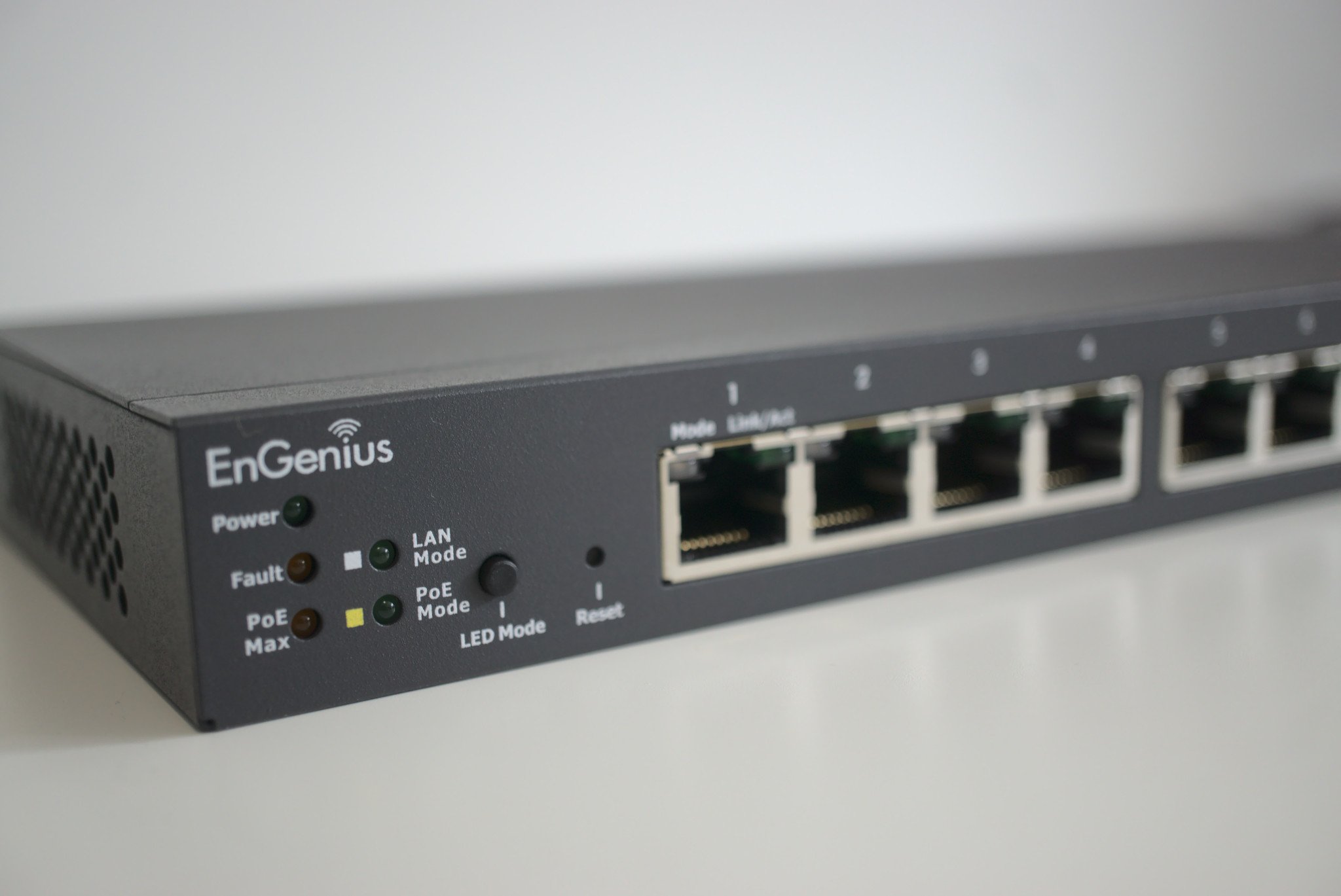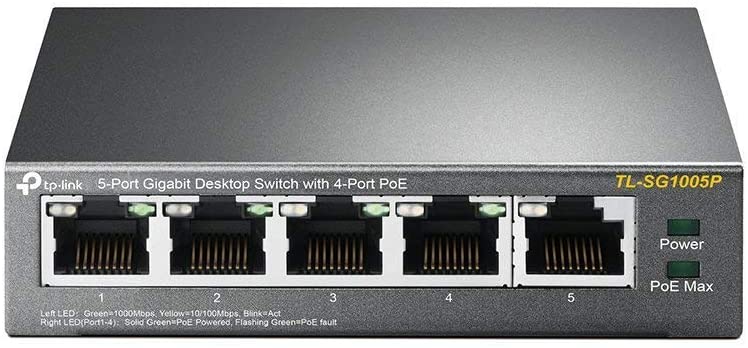How to choose the best PoE network switch for IP cameras

When setting up your home surveillance system, it's possible to use an SD card and rely on footage being saved locally on each camera. Most vendors have mobile apps that can be used to set up each camera and view/save footage. My preferred method is to use the best NAS for home surveillance and PoE switch to make it easier. This guide will run you through picking the best network switch.
Products used in this guide
- Smart unmanaged PoE+ switch: Netgear GS116PP ($200 at Amazon)
- Powerful managed PoE switch: EnGenius EWS5912FP ($180 at Amazon)
- Budget unmanaged PoE switch: TP-Link TL-SG1005P ($50 at Amazon)
How to choose the best switch for IP security cameras
Before choosing the right network switch for your situation, why exactly would you want to use a PoE switch rather than providing power locally to each camera? Here are some advantages:
- Provide both power and data through a single cable.
- Avoid connecting cameras to a wireless network.
- Additional safety measures for continuous operation.
- Can add a UPS to the switch to keep cameras running through the loss of power.
So, you've decided on buying a network switch, but which one do you go for? I'm going to provide a few factors to consider when shopping around.
Available power
Not all PoE network switches provide the same amount of power. You can find some switches that can provide a maximum of 50W, while another can pump out 100W or more across all of its ports. You'll find most IP cameras draw around 15W, so you will need to multiply that by the number of cameras you plan on installing.
It can be a good idea to buy a switch with more headroom than required if you plan on adding more cameras down the line.
PoE vs. PoE+
Do you go with PoE or PoE+? That's a good question, but usually, you can get away with either standard. PoE (or IEEE802.3af as it's easily referred to as) is simply slower than PoE+ (IEEE802.3at) and caps out at 15W per port, while PoE+ pushes this up to around 30W per port. Just because each network port supports up to 30W, you'll still need to keep within its total power limit.
Port selection
As the available power for all your cameras, it's important to consider the number of devices you plan on connecting to the hub. Each camera will require a single 1Gb port, so too will any other devices you need to connect locally. If the switch doesn't have a specific uplink port, one of the available Gb ports will need to be used.
All the latest news, reviews, and guides for Windows and Xbox diehards.
Unmanaged vs. managed
Once you've agreed on the number of ports and amount of power required, next up is how to choose between a managed or unmanaged network switch. It's pretty simple, in that unmanaged switches are more basic in what you can configure but are more affordable.
Managed switches allow you to connect to an admin panel and really dive into some settings. They're more expensive, but you'll be able to achieve more and personalize it to your network.

Rich Edmonds was formerly a Senior Editor of PC hardware at Windows Central, covering everything related to PC components and NAS. He's been involved in technology for more than a decade and knows a thing or two about the magic inside a PC chassis. You can follow him on Twitter at @RichEdmonds.



